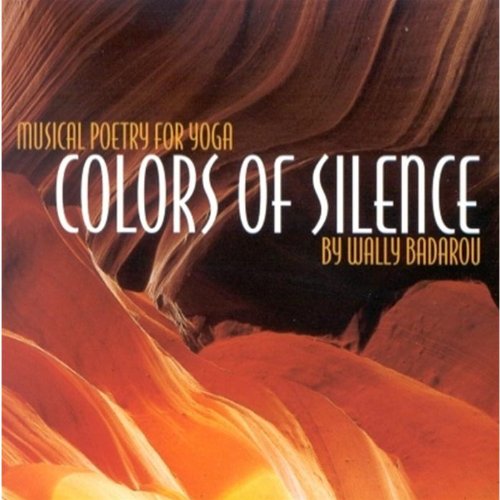It was very moving that a handful of you reached out to check on me after a week of silence–I appreciate the concern! I’ve been a bit absent for two reasons, the first being that trying to do anything on the internet these days invariably gets derailed by a wormhole of endless bad news. The second (happier) reason is that my partner and I just moved into an apartment together last week, so I’ve been in heavy nesting mode, and now that we’re done fighting about whose duvet cover to use I can finally look around and feel funny about feeling this happy.
I’ve been holding off on a Geinoh Yamashirogumi post because I felt nervous about picking one record, but here we are. Geinoh Yamashirogumi is a massive musical collective, purportedly several hundred members deep, that emerged when a choir founded in 1953 began testing the limits of what choral music can do. Their study of world music and eventually digital audio techniques led them to release a series of records in which they covered an enormous amount of ground, culminating in a trio of records concerned with the cycle of life and death. Luckily, one of those three records happened to be the Akira soundtrack.
There are a lot of repeating motifs across the trilogy, both thematically and in direct sonic parroting. All three use choirs to astonishing effect: Balinese kecak aided and abetted by reverb and multiplication; individuals pacing back and forth and winding their voices around one another, frantic, fuming, barely even singing; Japanese Noh undercut by taiko; buzzing hives of thousands hulking thunderously; whispers volleyed back and forth for minutes on end; traditional spiritual chant gone off the rails–songs that are so intensely evocative of huge, folk-futurist environments that they’re uncomfortable to listen to in your apartment (though they work very well on the subway). They also all lean heavily on gamelan: interestingly, in the 1980s MIDI synthesizers couldn’t accurately replicate the tonality of the traditional gamelan ensemble, so the group had to custom-program their synthesizers in order to build the necessary micro-tuning tables.
I picked Akira from the trilogy because it hinges the three together: Ecophony Rinne (1986) brought the group to the attention of director Katsuhiro Otomo, who (as the story goes) wrote the group a blank check with which to make this soundtrack–meaning that this record enabled them to push their technical possibility forward and further develop the musical language that they had already been speaking for years. I love the case this album makes for what movie soundtracks can (and perhaps should) do, the way it refuses to be background music (or even conventionally cinematic) but instead dives into the movie’s messy chaos and bounces around and off of it, building and dying in time. The closing “Requiem,” as the title suggests, starts as a reverb-soaked Western mass, but the organ goes astray and eventually loops back into the opening “Kaneda” theme, at which point it becomes clear why Katsuhiro Otomo commissioned a score from a group obsessed with life and death cycles: the inhabitants of Akira are fixated on the past in a desperate attempt to avoid repeating their catastrophic mistakes in the future. The parallels extend further: the music of Geinoh Yamashirogumi is a splicing of traditional folk spirituality with advanced programming, and Akira‘s Neo-Tokyo still clutches to religion in spite of its pseudo-futuristic setting. Cleverer and weirder still is when a prog-pop song steps in after eight tracks. It’s jarring enough to make you wonder if you’re listening to a different record by accident, until within seconds you pick up on the familiar jegog percussive backbone, which makes such perfect sense that you might feel more “in on the joke” than you ever have before. Brilliant from all angles.
Lastly, I’d like to point out that moreso than with most records, having a “preview track” here doesn’t make much sense, as this album is so diverse and can only really exist as a whole. Please take the track below with a big grain of salt, and if you’re at all interested, do consider a listen in its entirety in headphones.









